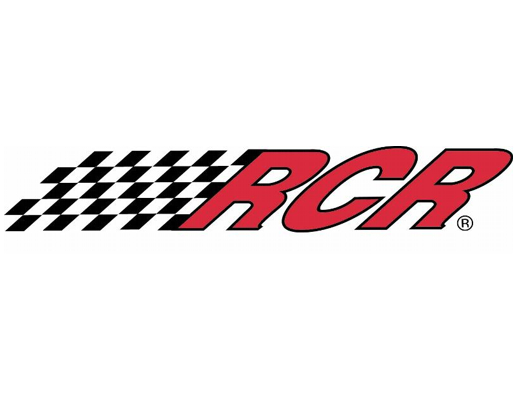NASCAR is and has always been a southern sport. Even with the massive boom in popularity we saw from the early 90s till the late 2000s, NASCAR’s primary fan base and roots were always in the short tracks of the Deep South. Bumping, banging, and hard-nosed racing is where rivalries and champions were born. It’s what led blue-collar workers to become racers and race fans.
However, like everything else in the world, the only thing constant is change. NASCAR is no exception to this rule, with the cars, drivers, tracks, and the very sport itself, being reshaped and remodeled over and over again in the last 15 years. We see more competition now that we ever have, and the cars and drivers are closer than they ever were before.
On a typical race weekend, the difference between the fastest five cars and the rest of the top 25 is little more than a few tenths of a second. That makes aero, clean air, and track position more important than just about everything else now. That’s why we see so many races where the leader after pit stops is the leader at the next flag. Passing is so hard now that even with almost all the downforce taken off these cars, it’s still a rarity to see a green-flag pass for the lead. It creates a racing product that is a damned hard sell to new fans and a sport that has seen a massive exodus of its old, core demographic.
Like I said before, times change. We can’t stop advancement in the sport any more than we could actually go back in time. It’s just not possible. However, there is a beacon of light in the garage. A small window to the past that we often times miss, road course racing.
Sonoma Raceway and Watkins Glen have quickly become the only real analogs to the old style of racing that made NASCAR so popular. A race where tires fall off, drivers can show their skill, aero means almost nothing and if you’re faster than the guy in front of you, you can pass him.
It’s almost ironic when you stop to think about it because NASCAR has always been oval-centric. There was a time when most of the teams took their worst car to the road course races and didn’t even try. It was the era of ringers where top teams would hire a specialist just for 1-3 races a year simply because they thought they would get a better result that way. They put little to no effort into the road courses because they didn’t matter. Drivers dreaded going to a road course race and would bemoan it. Now, the drivers, crews, and fans resoundingly love it, so much so that we’re actually going to see a road course (Roval) race at Charlotte Motor Speedway in the playoffs next year.
What is truly amazing is that when you watch the races from Sonoma or Watkins Glen, you see what the sport used to be – men and women, braver than most, wrestling an unruly 3400 pounds race car, side-by-side and bumper to bumper, for position. We see the bumping and banging that the old fans miss. We see the action at the front of the pack and the passing we used to enjoy. Tires fall off, tempers flare, and strategies come into play that we could never have predicted. It’s truly a great show for everyone involved and a microcosm of the sport we all remember and miss.
Sure, NASCAR has evolved and the time when short-track racing at small fairgrounds across the country is gone. Yes, we’re stuck with 1.5-mile tracks that try every trick in the book to make something out of nothing, tire dragons, VHT, progressive banking, soft green tires, and more. Attendance is down and so are the TV ratings, but in my opinion, and based on what I’ve seen from the fans in the stands, the people online, and the crews in the garage, we have an antidote for the anemic state of racing we love so much – road courses.
It’s as simple as tuning into the last few years of races and watching the action, the fender-banging, the last lap passes, the fuel games and the pit strategy. Road course racing is giving us everything you could want as a NASCAR fan, rivalries included. Just look back at Kyle Busch and Brad Keselowski, Tony Stewart and Brian Vickers, Martin Truex Jr. and Keselowski, Dale Earnhardt Jr. and Matt Kenseth. The list of driver flare-ups over contact goes on and on.
This is exactly what so many fans have been complaining about, boring races with no passing, no action, and no drama. Now, after another great weekend of road course racing, it appears obvious that we have a pretty simple solution to those issues, now don’t we?







